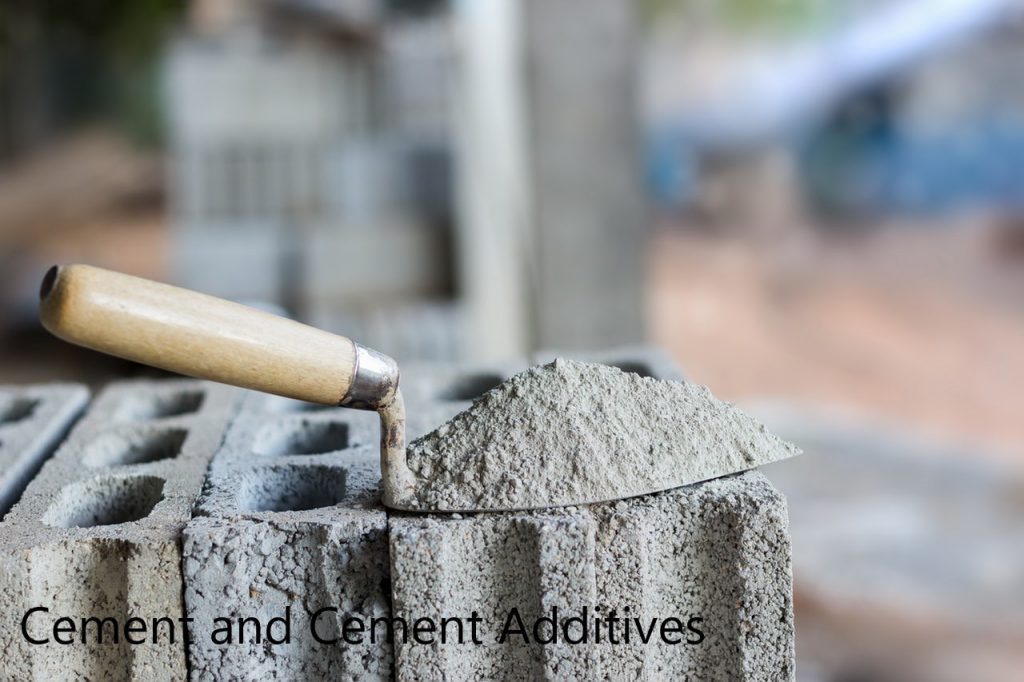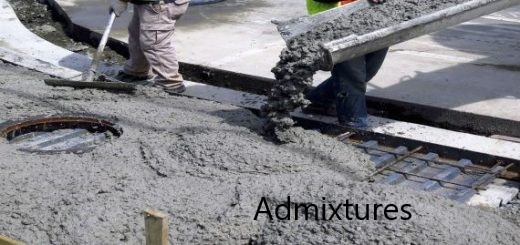The rise of the temperature of concrete beyond a certain level will cause severe issues. Therefore, it is very important to limit the temperature for concrete pouring. If the rise of the temperature of the concrete can not be controlled, it will cause carking of concrete before it hardens, delayed ettringite formation, etc.
Reason to Rise the Temperature of Concrete
The hydration process generates the heat and it dissipates to the environment as thermal energy. Heat is generated as a result of water and cement reaction. This is a complex reaction the needs to be discussed about the reaction of several materials. C3S and C3A are the components in the cement mostly influential on the heat of hydration. They produce higher heat compared to other components.
Maximum Allowable Temperature for Concrete Pouring
The maximum allowable concrete temperature rise can not be fixed to the exact value. It depends on the type of concrete and its composition. However, there are general norms for limiting the temperature of the concrete.
American Concrete Institute also provide some guideline on the temperature variations.
According to the general norms in the construction industry, it is fixed to 70 Celsius. However, depending on the construction project, this value may vary. The main purpose of limiting the temperature rise in the concrete is to avoid cracking of immature concrete and to avoid delayed ettringite formation.

Exact temperature beyond which the delayed ettringites are formed can not be specified through the rise of temperature is trying to limit to 70 Celsius.
Some guidelines have lifted this limit beyond the specified value above based on the amount of addition of materials like fly ash. Further, the addition of the material like fly ash as a filler reduces the heat of hydration and as a resulting rise of the temperature of the concrete reduces.
As per the general norms, it is permitted to add fly ash up to 35%. In addition, the following limitations are also considered in construction projects to control the rise of the temperature.
- The common practice is to limit the temperature difference between the external concrete surface and the core to Celsius 20. However, in some projects, this value is kept at Celsius 25 considering the scale and type of concrete to be used.
- Further, the temperature gradient is not allowed to exceed Celsius 25 per linear meter. If the construction is done by adhering to above, concrete cracking of early age can be minimized.
Further, the rise of the temperature in the core and surfaces are monitors to check whether they are within the limit by a mockup test which represents the exact condition at the site.
Why We Should Limit Concrete Temperature
The most important question. Reason to limit the temperature. Actually, the temperature is an indicator of the heat generated at the hydration process. Lesser the heat lesser the risk.
The idea behind the limiting temperature of concrete is to avoid the cracking causes at different stages of its life span. It improves the durability of concrete. This is one of the factors affecting durability of concrete. The following issues could rise if the temperature is not controlled.
- Cracking of immature concrete
- Internal cracks due to rise of core temperature
- Internal/surface cracks due to higher temperature gradient
- Formation of delayed ettringite and as a result crack in the concrete
How to Limit the Temperature for Concrete Pouring
There are several methods that could use to control the rise of the temperature of concrete. Each of them is discussed as follows.
Placing Temperature Reduction
Placing temperature of the concrete directly affect the rise of the temperature of the concrete as it starts rising from this temperature. Therefore, it is required to take necessary action when concrete is mixing. According to the BS 5328 Part1, the placing temperature should be 30 celsius unless otherwise specified.
The following actions could be taken.
- Precooling of aggregate

- Use chilled/ice water for concrete mixing
- Take the water from underground buried pipes.
- Store material without exposure to direct sunlight. Continuous spraying of water could be done to maintain the temperature of aggregate.

- Store cement in the low temperature environment. When the cement is stored in silos, it is advisable to cover them. In addition, the silos could be applied a reflective paint to minimize the heat absorption. Further, when the cement is stored in the store, it could be properly ventilated to avid the rise of the temperature.
Control the Rise of Temperature in Immature Concrete
- Reduce the rise of the temperature in the hydration process due to the higher cement content. Replacement material such as fly ash could be used to control the content of cement as a temperature reducer.
- Select the gradation of the aggregate carefully. The use of the large size aggregates based on the concrete mixture could be a reason to reduce the rise of the temperature of concrete.
- Pour the concrete in several pours than the placing at once.
- Curing of the concrete effectively. The article methods of curing of concrete could be referred.
- Use pipes embedded in the concrete to absorb the heat generated in the hydration process.
- Provide insulations to the control the temperature gradient
- Use low heat cement. Rapid hardening cement shall be avoided to reduce the heat generation due to high rate of hydration.
- Use of admixtures. Retarders could delay the hydration process and as a result, the heat generation could not be sudden.
- Do the concreting in the night.

- Protect the concrete from direct sunlight.
- Mixing and placing of concrete could be done as early as possible. More the time on the time spend for the transporting, heat will creat through the friction.


